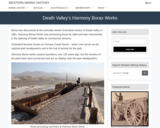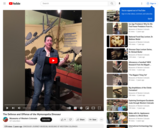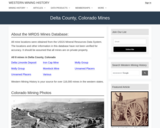
In this lab, students are introduced to the difference between relative and absolute dating, using the students themselves as the material to be ordered. Initially, the students are asked to develop physical clues to put themselves in order from youngest to oldest (exposing the inferences we make unconsciously about people's ages), and this will be refined/modified using a list of current events from an appropriate historical period that more and more of the students will remember, depending on their age (among other variables). Absolute age is introduced by having the students order themselves by birth decade, year, month, and day, and comparing the absolute age order to the order worked out in the relative-dating exercise, with a discussion of dating precision and accuracy.
(Note: this resource was added to OER Commons as part of a batch upload of over 2,200 records. If you notice an issue with the quality of the metadata, please let us know by using the 'report' button and we will flag it for consideration.)
- Subject:
- Applied Science
- Biology
- Computer, Networking and Telecommunications Systems
- Earth and Space Science
- Environmental Science
- Geology
- Information Science
- Life Science
- Mathematics
- Measurement and Data
- Material Type:
- Activity/Lab
- Provider:
- Science Education Resource Center (SERC) at Carleton College
- Provider Set:
- Teach the Earth
- Date Added:
- 08/10/2019


